We at Faversham Life are extraordinarily proud of Faversham, a fine ancient market town. Rich in history, it is a veritable treasure trove of fine architecture dating from the Middle Ages up to the modern age. Standing under the handsome Guildhall in the middle of the town one can see something to marvel at from every angle. It is striking how much of the town centre survives intact, which is one of the many reasons that Faversham is such a joy to walk around. The utilitarian 1957 Post Office and Library may not be to everyone’s taste but they are a relatively modern component of a rich architectural tapestry of different styles over the centuries. The centre of the town is relatively unscathed by the sort of modern development that has wreaked havoc on other Kentish towns, Canterbury to name just one. Many of the Victorian buildings were designed by Benjamin Adkins c 1831-1908, who is commemorated by a plaque on Newton Lodge, Newton Road, where he lived. As Pevsner writes ‘ Faversham is one of the most rewarding towns in the county, though pleasurable in many small ways rather than for spectactular beauties.’
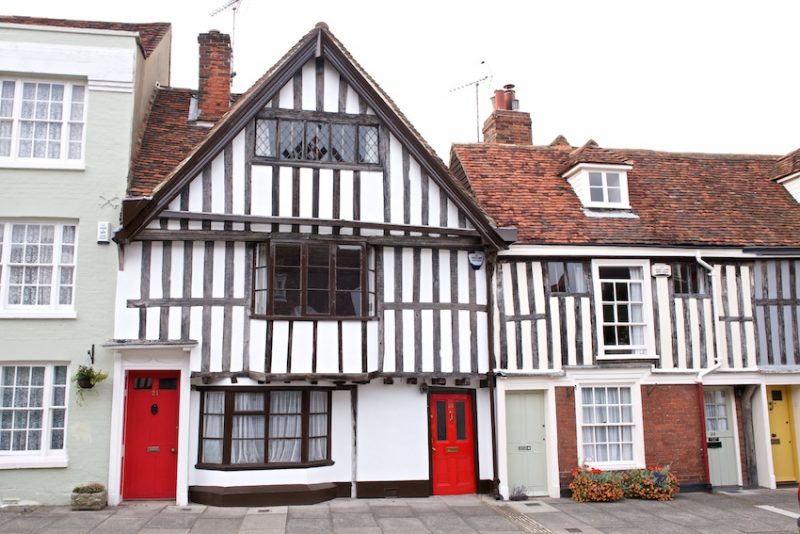
One of the many attractive streetscapes to be found in Faversham

A view through the Guildhall built in 1574 originally as a market hall. It was converted into a guildhall in 1604 .The upper storey was rebuilt in 1814 by Charles Drayson. The Victorian pump is dated 1855
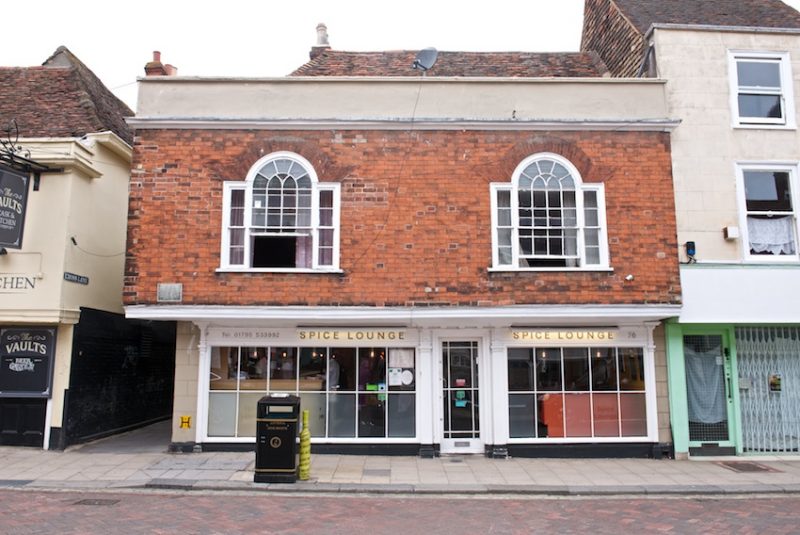
Eccentric Georgianisation of what must originally have been a timber building with jettying storey in Preston Street. It looks as if the top is going to topple over. Mathematical tiles with sophisticated Venetian windows – what did people think at the time when the building was refaced one wonders?
Faversham boasts several interesting well-preserved shop fronts which are well worth looking at.
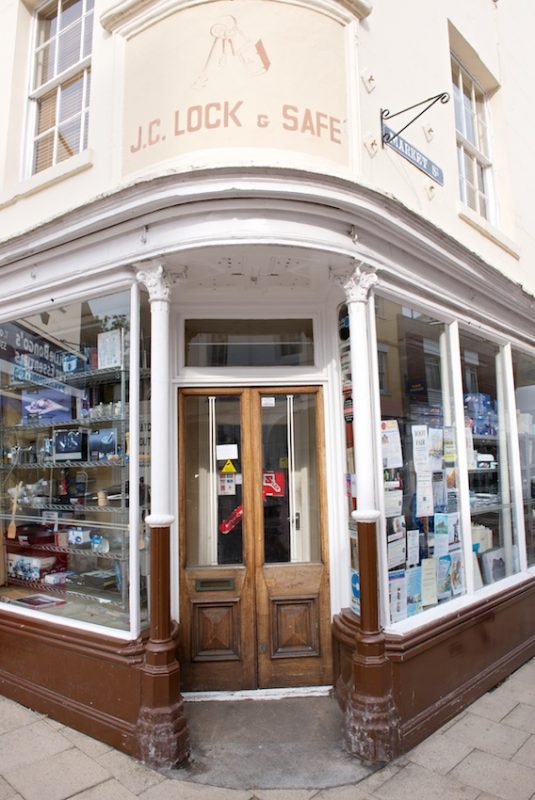
The fine corner frontage to the excellent J C Lock & Safe
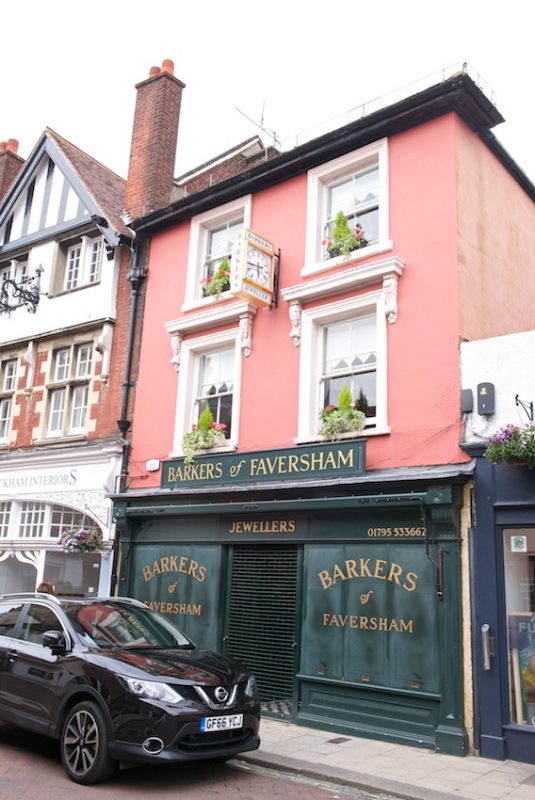
Handsome shutters on Barkers, the jewellers
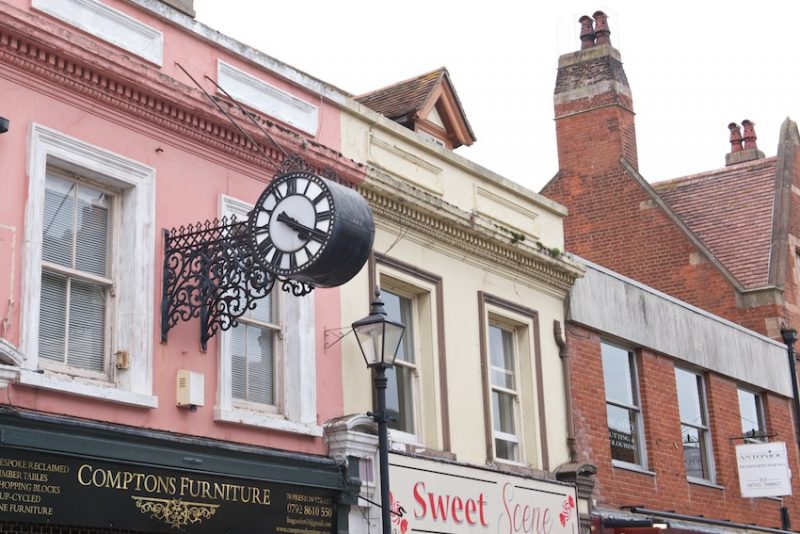
Barker’s splendid clock for all to tell the time by
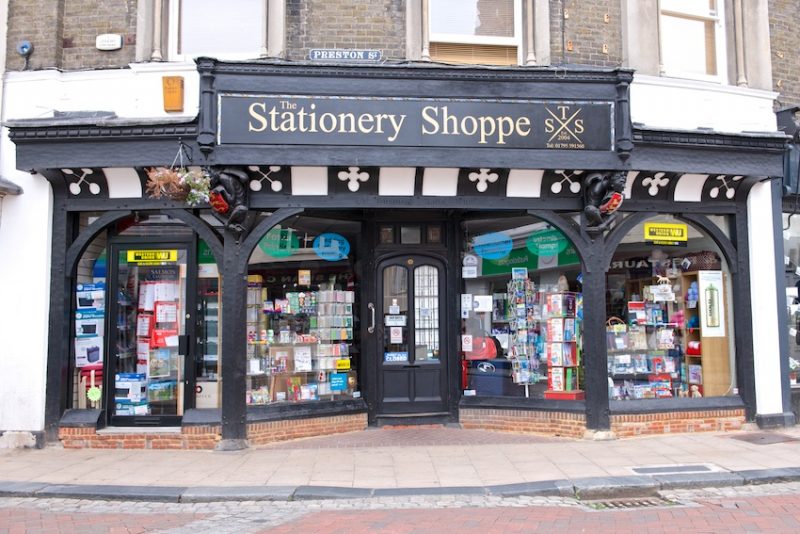
Ye Olde Stationery Shoppe is highly unusual to say the least. It claims to be the oldest shop in Faversham, and one of the oldest in Kent. It was started as a bookshop in Court Street by Stephen Doorne in 1767, Particularly noteworthy are the strange grotesque figures clasping the coats of arms of Faversham and Faversham Abbey
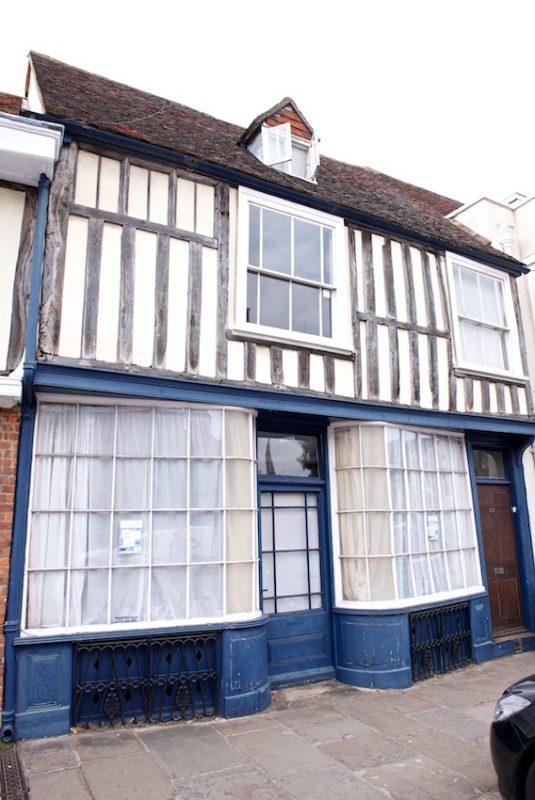
An early 19th century shop front now in residential use
As in any town it pays to look above the shop fronts. Who knows what is lurking high above the run-of-the-mill commercial premises. Here are a few noteworthy examples.
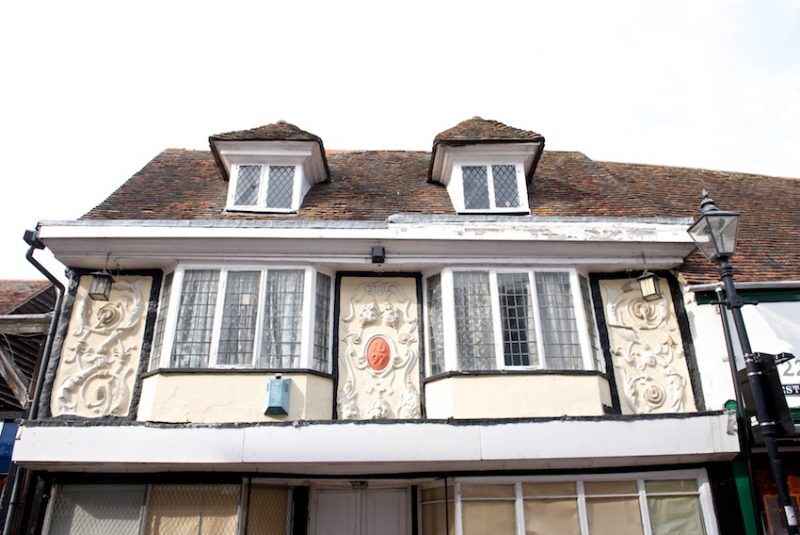
A fine example of the art of pargetting, decorative plasterwork more traditionally found in East Anglia. Described as very late pargetting (dated 1697) by Pevsner, this shop in West Street has recently been sold and one hopes the new owners restore this wonderful quirky detail
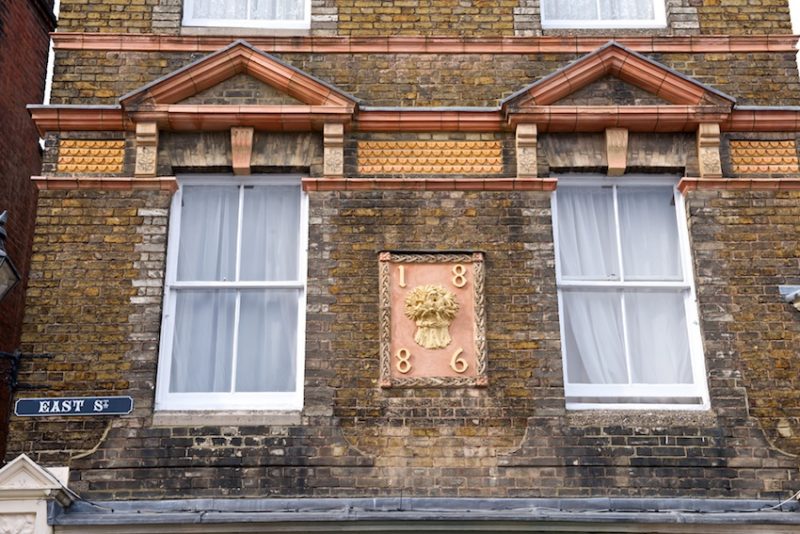
A charming plaque proclaiming a baker’s shop in East Street
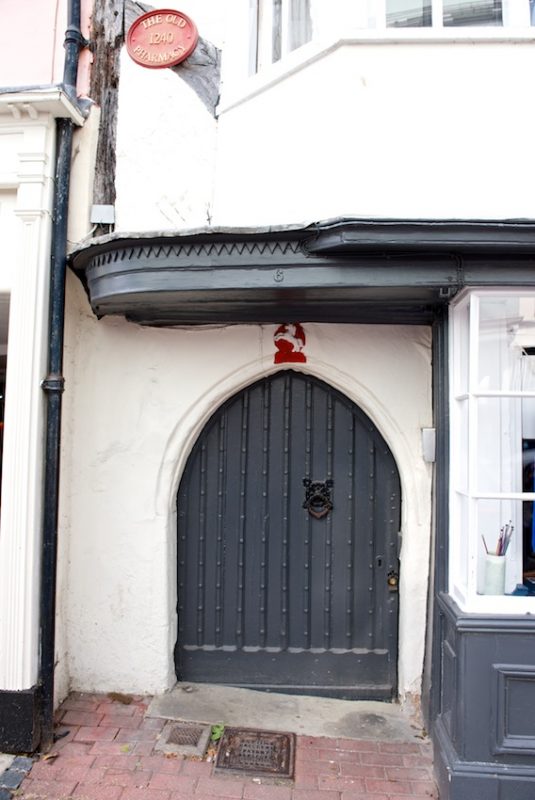
A 14th century doorway in Market Place. There is a picture of the passage the door opens onto in the previous article on Faversham Open Houses
Doors are always worth noticing. Indeed there is a great Instagram account, The Doors of London.
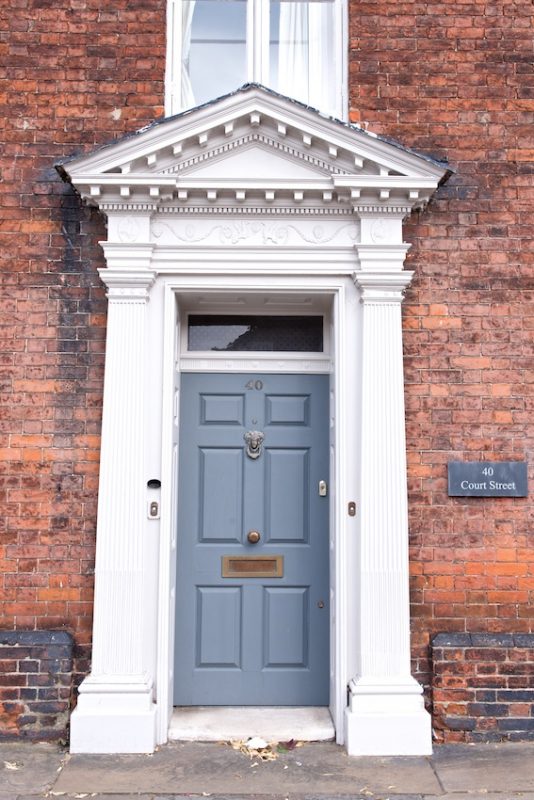
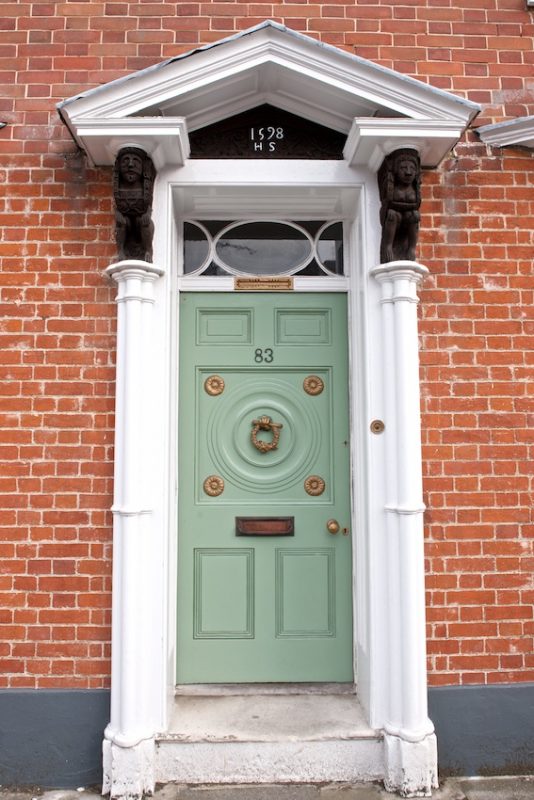
A door in Abbey Street embellished with crouching caryatids

A detail of a crouching caryatid
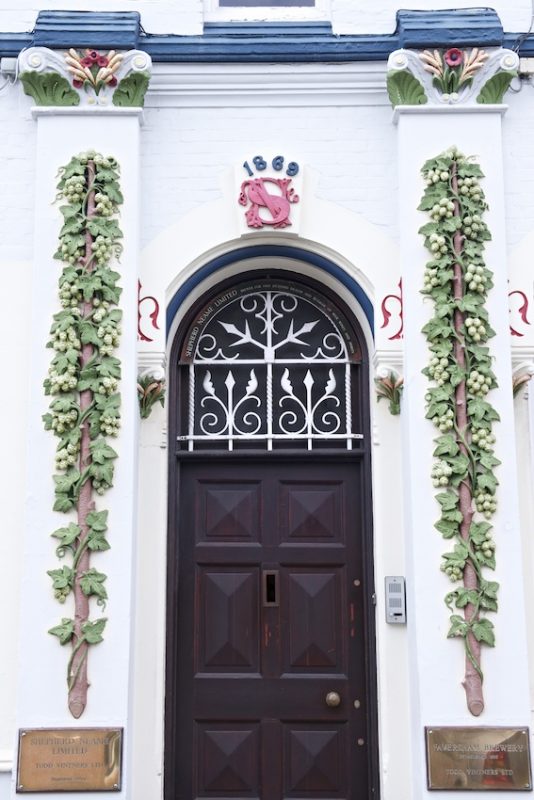
Don’t you love the painted hops either side of Shepherd Neame’s offices?

Brick detailing imbues a terraced house on East Street with interest
To finish, a few handsome buildings and a streetscape or two.
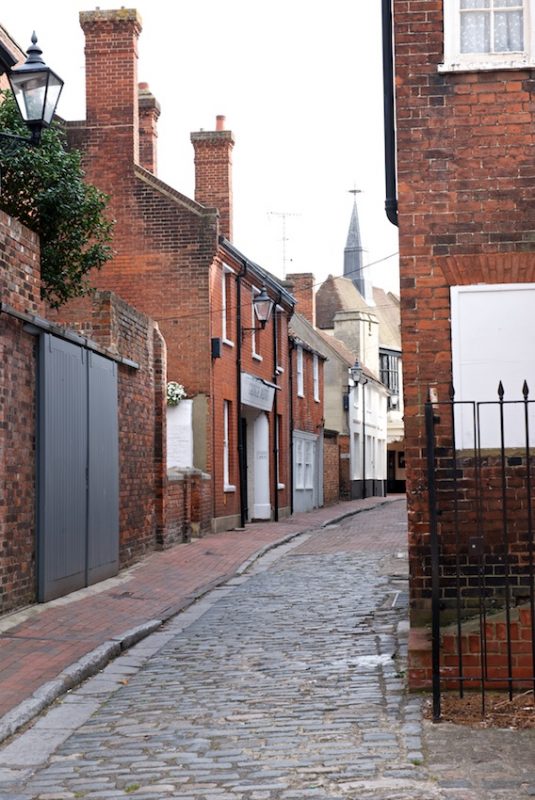
The little passage linking Court Street to the Tudorbethan cinema (see Faversham Life’s earlier article on The Royal Cinema)
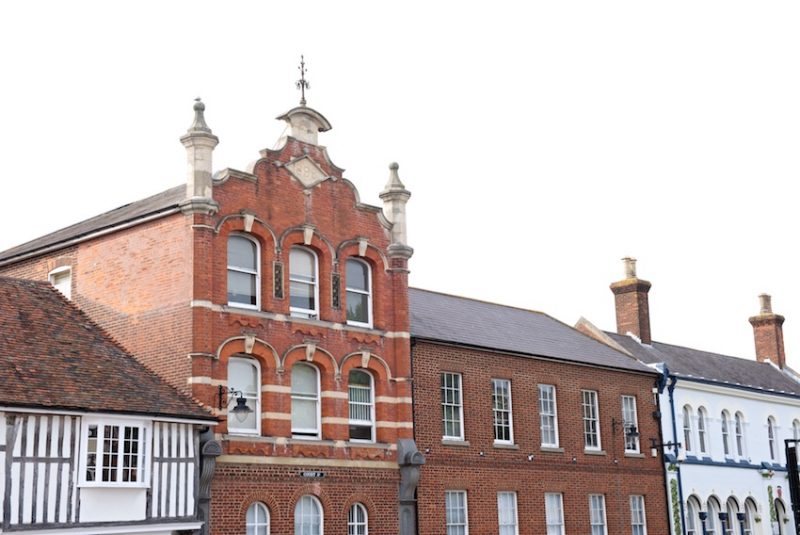
Streetscape in Court Street
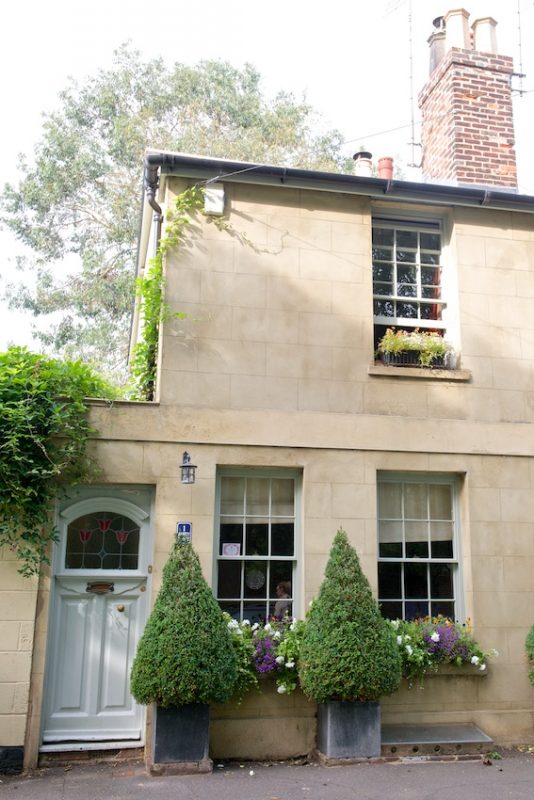
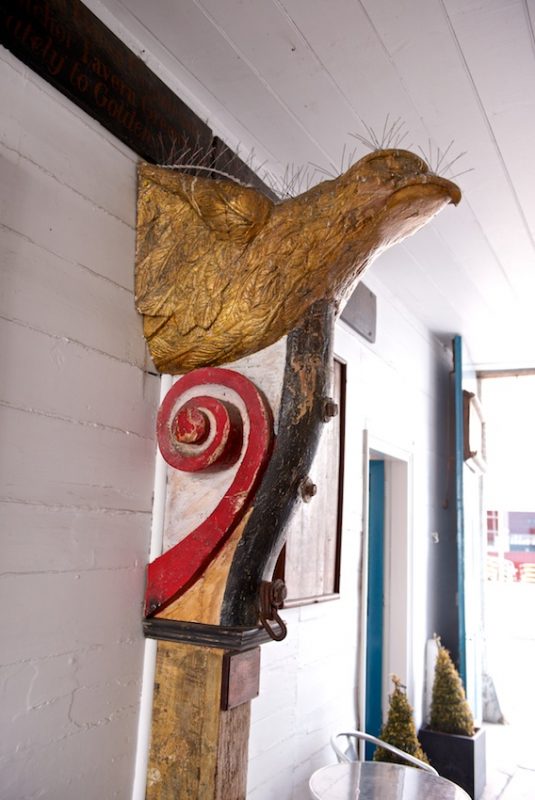
A detail of the Ship Inn in West Street
These are a small selection of literally dozens of interesting architectural details in our very own ancient market town.
Text: Amicia. Photographs: Lisa